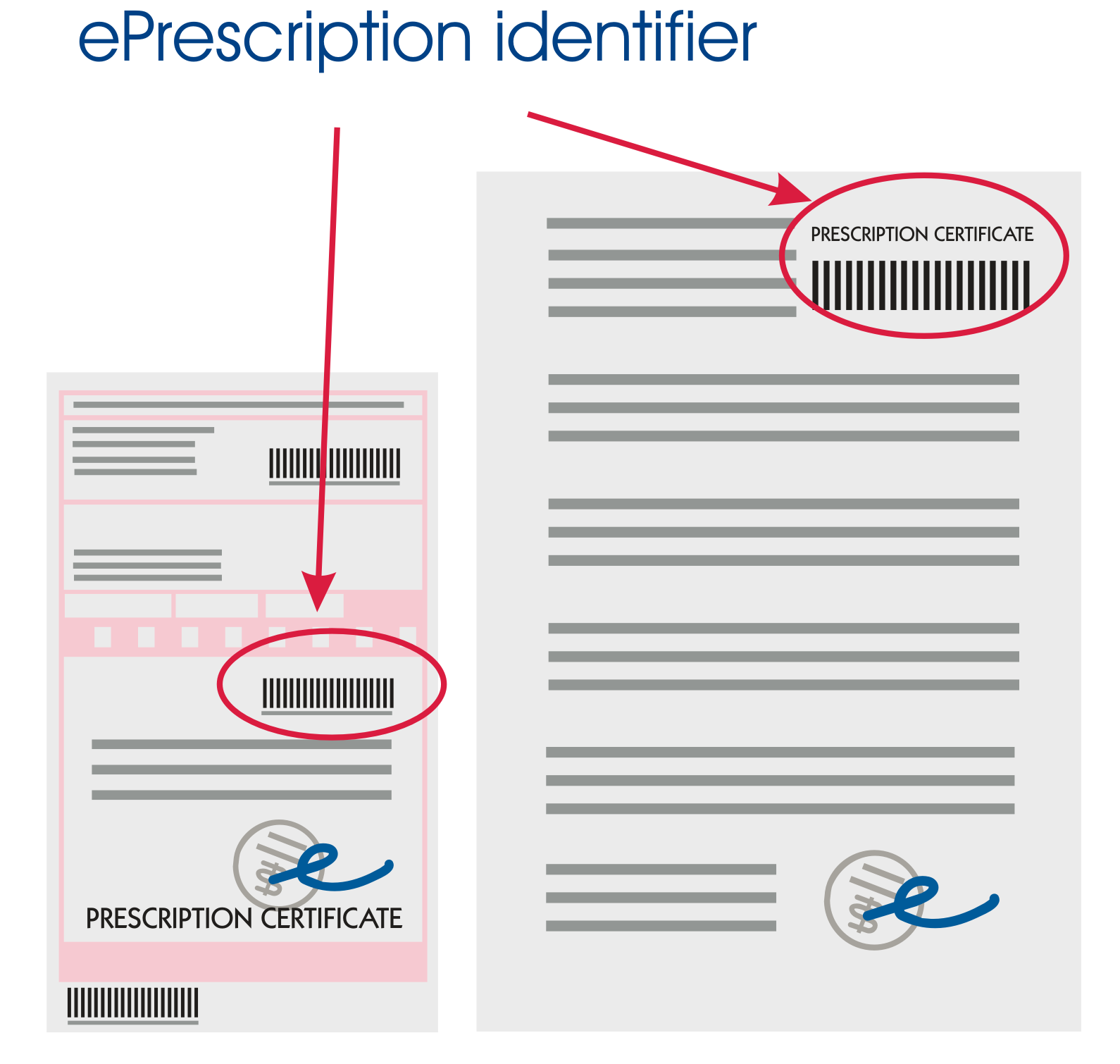We provide the following information on the current rules of ePrescriptions:

Simplified prescription filling will remain possible, i.e. it will still be possible to fill prescriptions in pharmacies by providing the TAJ number.
The remote drug prescription service and option of online consultation will still be available within the health care system, as stipulated by the enacted relevant decree (Decree No. 33/2020 (IX. 16.) of the Ministry of Human Capacities). This means that if allowed by specific aspects of treatment and medical professional judgement, the physician may hold physician-patient meetings or consultations without a personal presence, with infocommunication devices, and the specialist physician and health care professional can provide a diagnosis, propose therapy, give advice, provide consulting, provide a referral and drugs, and prescribe medical devices with an electronic prescription.
The National eHealth Infrastructure (EESZT) will also include services provided under Telemedicine, as has been the case during the recent period.
To reduce physician-patient meetings the Ministry of Human Capacities decided to maintain such Telemedicine services. Online consultation with physicians and health visitors, and prescription of drugs by phone during the epidemic also supports the safety of health care workers and the public.
The following rules apply to prescription certificates:
- From 31.10.2020, prescription certificates (FIG) can be issued on paper or the FIG can be sent to the patient electronically, without printing.
- One prescription certificate can contain several items or prescriptions with the mandatory contents set out in the annex to the above decree.
- The issue of paper-based FIG on the formal prescription of the National Health Insurance Fund of Hungary (NEAK) is neither mandatory, nor prohibited, thus it can also be printed on a white A4 sized paper.
- The physician is required to issue the FIG only if specifically requested by the patient.
- The physician is in each case required to issue the FIG when prescribing drugs for persons under the age of 14.
- The physician is not required to sign and stamp the printed FIG.
- When dispensing drugs in pharmacies, the paper FIG must in each case be returned to the patient/person having the prescription filled and the dispensing of the product marked on it, even if the FIG is on a NEAK prescription.
- If the EESZT cannot be accessed, medicine can be dispensed with a prescription certificate and an identity document that provide proof of identity. In these cases, the pharmacy issues a prescription certificate on the dispensed medicine.

Therefore, in the coming period several types of prescription certificates will be used in pharmacies. Prescription certificates of ePrescriptions issued before 1 July will remain valid up to the expiry of the prescription. Over time these will be replaced with prescription certificates that are not issued on the NEAK form prescription but, for example, printed on a plain white A4 sheet of paper or issued and sent electronically to the patient.
Under current rules, after dispensing the drug, the pharmacy may no longer keep the printed prescription certificate. After recording the dispensing of the drug (processing) it must be returned to the patient or person having the prescription filled. It is recommended to mark in a form so that the prescription certificate clearly shows that the patient had already received the drug. The decree, namely, does not detail what the prescription certificate should indicate; the caption “ISSUED” is appropriate together with the date of issue.
As of 31.10.2020, prescriptions can be filled in several ways. It must be emphasised that the amendment does not eliminate or restrict any of the prescription filling methods that were previously available; all current filling methods remain to be eligible in the future. Two new filling methods were introduced.
On the one hand, the decree lays down the prescription method introduced during the pandemic situation, by providing the patient’s TAJ number.
On the other hand, prescriptions can also be filled by presenting a barcode containing the unique identifier of the ePrescription in any manner.
Thus, the following methods are eligible under law for filling ePrescriptions:
- drug prescriptions can still be filled in the usual manner with traditional paper prescriptions and prescription certificates (ePrescription) on our own or someone else’s behalf
- prescriptions can also be filled by presenting a barcode containing the unique identifier of the ePrescription in any manner
- On our own, providing an e-ID card or a traditional ID card, and the TAJ card
- By providing the TAJ number: providing the patient’s TAJ number together with identification of the person having the prescription filled.
- Based on the authorisation registered in the EESZT: with personal identification of the authorised person registered in the EESZT, in possession of the patient’s TAJ number you can have the drugs prescribed for the represented person filled without requiring any other documents,
- Based on the legal right of representation registered in the EESZT: with personal identification of the legal representative registered in the EESZT, in possession of the patient’s TAJ number you can have the drugs prescribed for the represented person filled without requiring any other documents.
In the case of ePrescriptions, the pharmacy will always issue a prescription certificate and has the receiving person sign the certificate upon receiving the medicine.
We compiled the information on the basis of amendments to Act LVIII of 2020 and the decree entering into force on 1 July 2020, 17 September 2020 and 31 October 2020. If new legislative changes are introduced, we will send new information on these.
Updated: 24.11.2020 14:19


